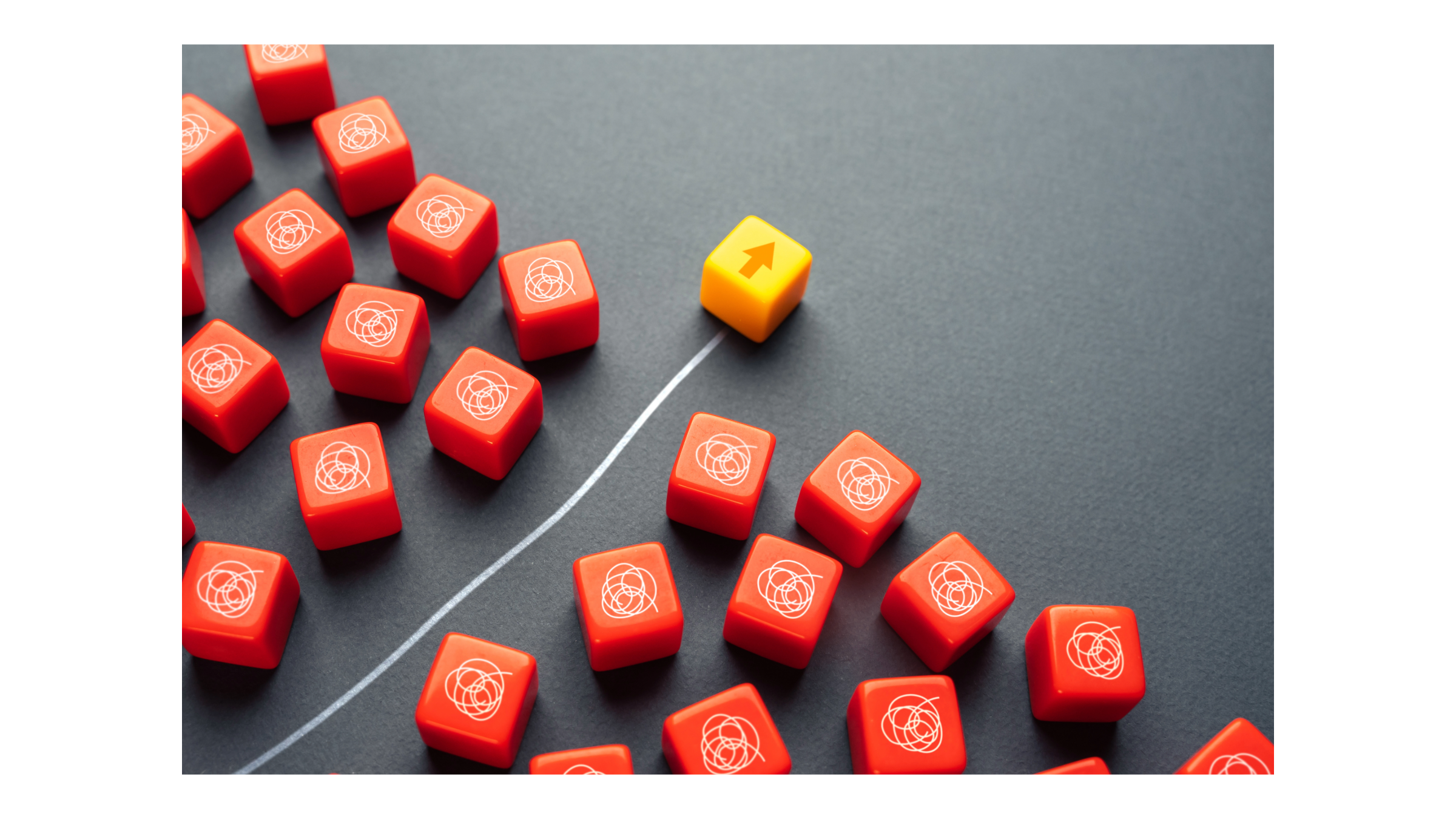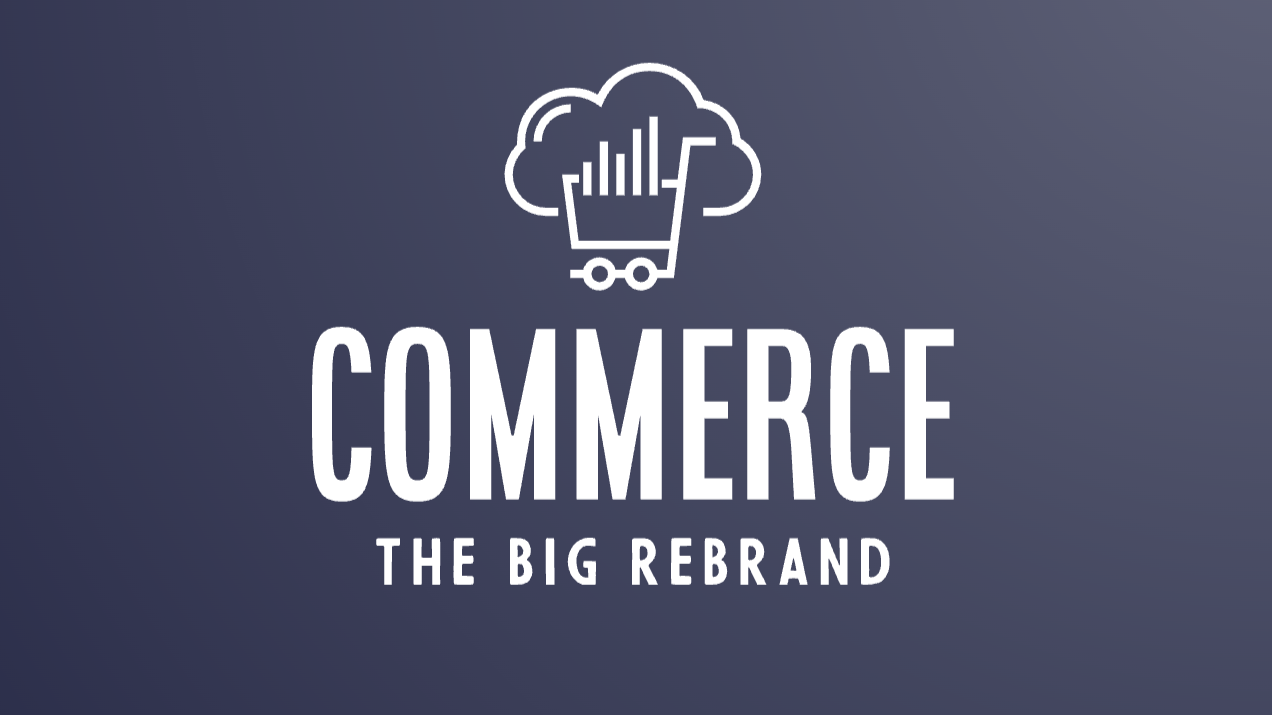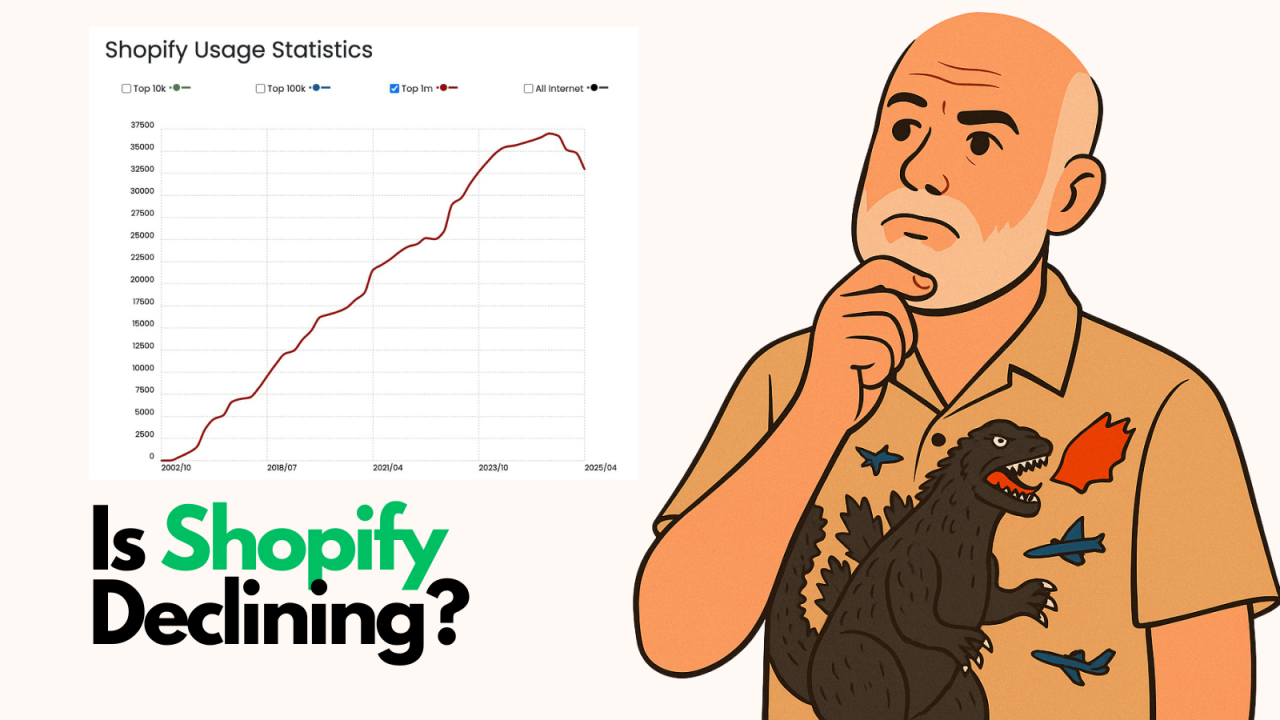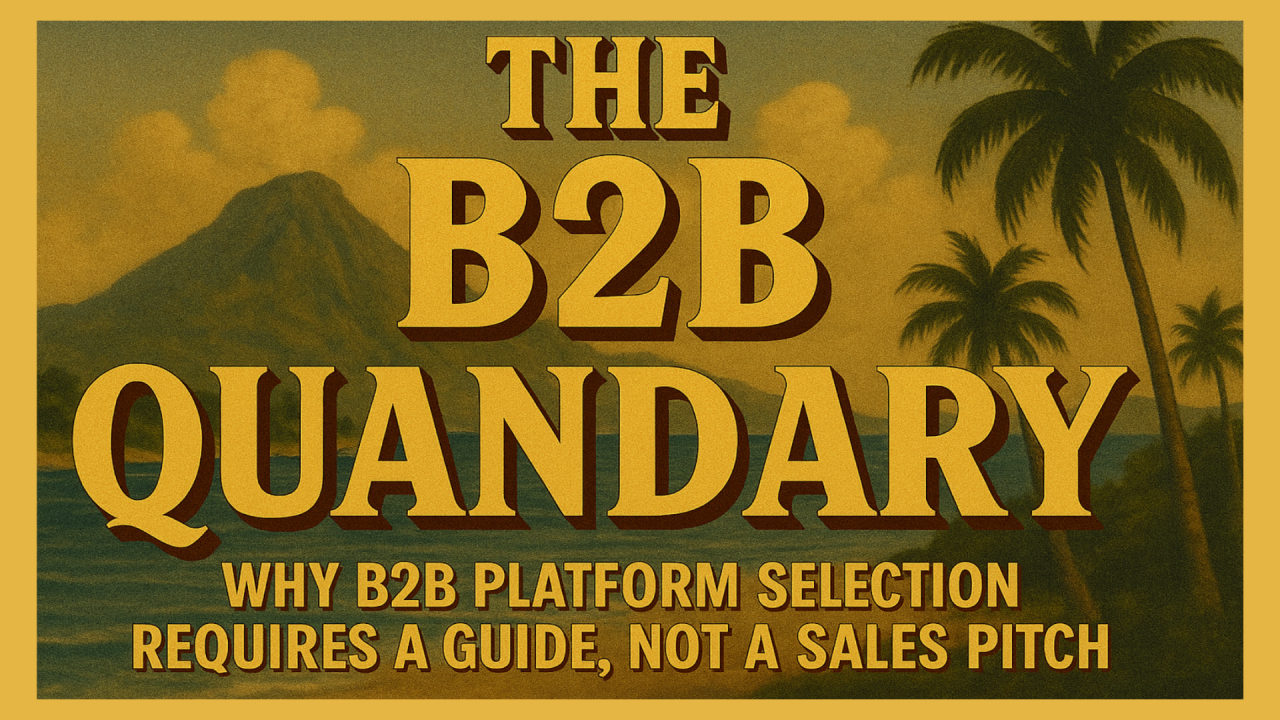
Digital marketing is all about reaching out to potential customers and creating brand awareness. Impressions are the first step in this process, and they are a crucial metric for measuring the success of your marketing campaigns. However, impressions alone are not enough to drive conversions. If users are not clicking through to your website, all those impressions are essentially wasted. So, what can you do to bridge the gap between impressions and clicks? The answer lies in understanding user behavior and psychology.
Before we dive into the psychology behind user behavior, it's important to understand the difference between impressions and clicks. Impressions refer to the number of times your ad or content is displayed to a user, whereas clicks refer to the number of times a user clicks on your ad or content. While impressions are important for building brand awareness, clicks are what drive conversions and sales.
It's not uncommon for businesses to have high impression numbers but low click-through rates (CTR). This can be frustrating, but it's important to remember that not all impressions are created equal. For example, an impression of your ad on a website that is not relevant to your target audience is unlikely to result in a click. This is why it's crucial to target your ads and content to the right audience.
To bridge the gap between impressions and clicks, you need to understand what motivates users to click. User behavior and psychology are key factors in this process. By understanding what makes users tick, you can create content that resonates with them and drives clicks and conversions.
User behavior on the internet is complex and multifaceted. Users are bombarded with information and advertisements every day, and they have become adept at filtering out anything that doesn't interest them. This means that your content needs to stand out and offer something of value to the user.
To understand the psychology behind user behavior, we need to look at some of the key factors that influence how users think and behave online. One of the most important of these factors is attention. Users have a limited amount of attention, and they are constantly being pulled in different directions by various stimuli. This means that your content needs to be attention-grabbing and engaging if you want to capture their interest.
Another important factor is relevance. Users are more likely to engage with content that is relevant to their interests and needs. This is why targeting your content to the right audience is so crucial. If your content is not relevant to your target audience, they are unlikely to engage with it.
Finally, emotions play a significant role in user behavior. Users are more likely to engage with content that elicits an emotional response, whether it's excitement, humor, or empathy. By tapping into the emotions of your audience, you can create content that resonates with them on a deeper level.
Now that we've looked at some of the key psychological factors that influence user behavior, let's dive deeper into some of the specific factors that can impact their decision-making. One of the most important of these factors is trust. Users are more likely to engage with content and ads from brands they trust. This is why building trust with your audience should be a top priority.
Another important factor is social proof. Users are more likely to engage with content and ads that have been endorsed by others. This is why social proof, such as customer reviews and testimonials, can be so powerful.
Finally, scarcity can also play a role in user behavior. Users are more likely to take action if they feel that the opportunity is limited or time-sensitive. This is why tactics such as limited-time offers can be effective in driving conversions.
As we mentioned earlier, emotions play a significant role in user behavior and decision-making. Emotions can be powerful motivators, and they can influence how users perceive and engage with your content. There are several emotions that can be particularly effective in driving clicks and conversions.
Excitement is one such emotion. Users are more likely to engage with content that makes them feel excited or energized. This is why exciting headlines and visuals can be so effective in driving clicks.
Humor is another emotion that can be effective. Users are more likely to engage with content that makes them laugh or smile. This is why humor can be a powerful tool in creating viral content.
Finally, empathy is a powerful emotion that can be effective in driving conversions. Users are more likely to engage with content that speaks to their needs and concerns. This is why it's important to understand your audience and create content that resonates with them on an emotional level.
Now that we've looked at some of the factors that influence user behavior, let's explore some practical techniques for improving click-through rates and conversion rates. One of the most important of these techniques is A/B testing. A/B testing involves creating two versions of your content and testing them against each other to see which one performs better. This can help you identify what aspects of your content are most effective in driving clicks and conversions.
Another important technique is personalization. Users are more likely to engage with content that is personalized to their needs and interests. This is why it's important to segment your audience and create personalized content for each segment.
Finally, optimizing your website design and user experience can also be effective in driving clicks and conversions. Your website should be easy to navigate and should provide a seamless user experience. This can help reduce bounce rates and increase the likelihood of users taking action on your website.
To illustrate the effectiveness of these techniques, let's look at some case studies of successful campaigns that bridged the gap between impressions and clicks. One such campaign is the "Share a Coke" campaign by Coca-Cola. This campaign involved printing individual names on Coke bottles and encouraging users to share photos of themselves with their personalized bottles on social media. The campaign was a huge success, driving a 7% increase in sales and generating over 500,000 photos shared on social media.
Another successful campaign is the "Dumb Ways to Die" campaign by Metro Trains in Melbourne, Australia. This campaign was designed to promote safety around trains and featured a catchy song and animated video. The campaign was a viral sensation, generating over 100 million views on YouTube and driving a significant increase in safety awareness.
Bridging the gap between impressions and clicks is a crucial step in driving conversions and sales. To do this, you need to understand the psychology behind user behavior and create content that resonates with your audience on an emotional level. By targeting your content to the right audience, building trust, leveraging social proof, and tapping into the power of emotions, you can create content that drives clicks and conversions.
Some key takeaways from this article include:
By applying these insights to your own digital marketing campaigns, you can create content that truly resonates with your audience and drives clicks and conversions.

Following up on my earlier post about BigCommerce's rebrand announcement, I got my hands on theCleveland...

By Brent W Peterson AI vs Shopify: Is Platform Dominance Ending in 2025?

The B2B OG Reality Check In 1995, I built my first B2B website for my then computer assembly company. It...